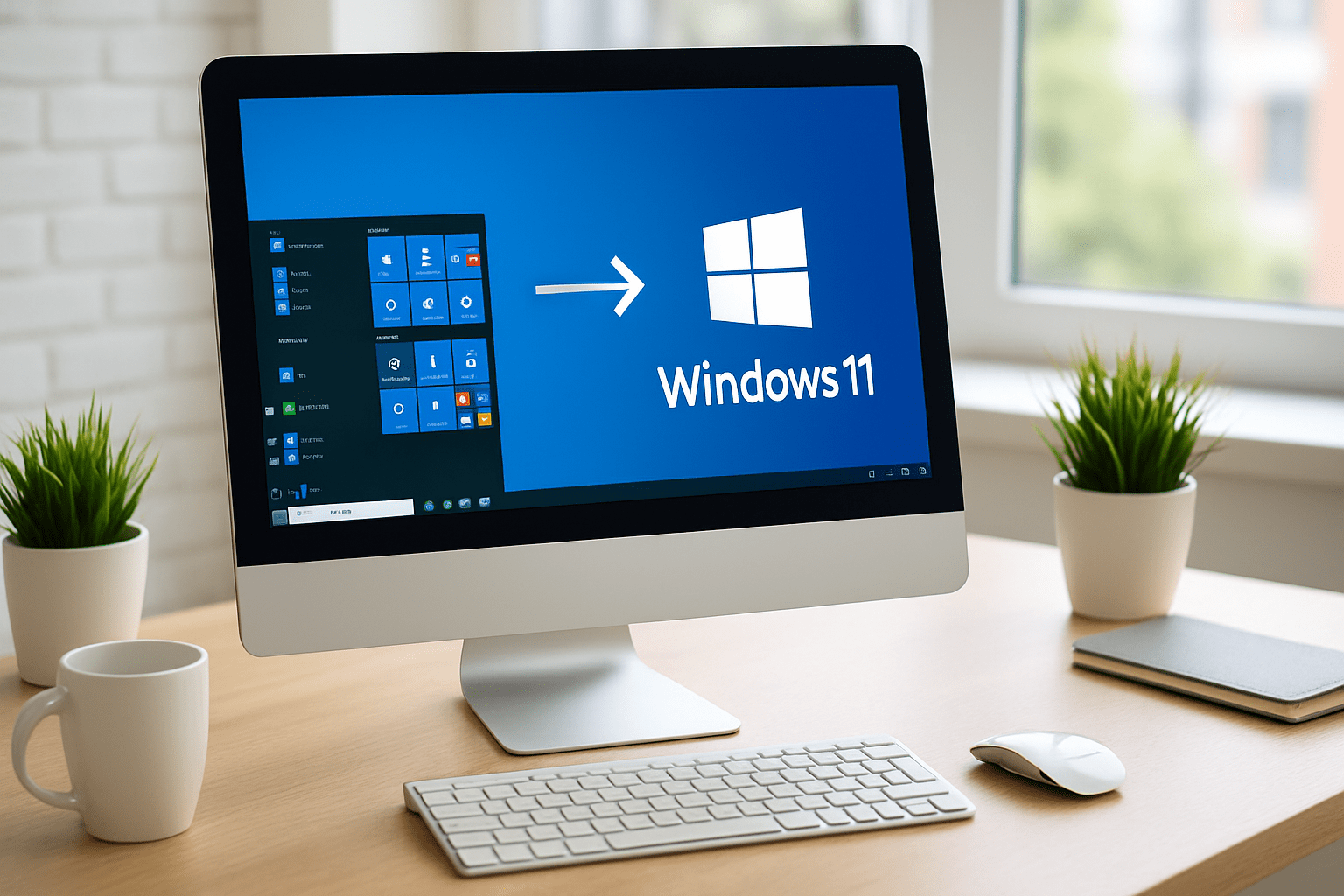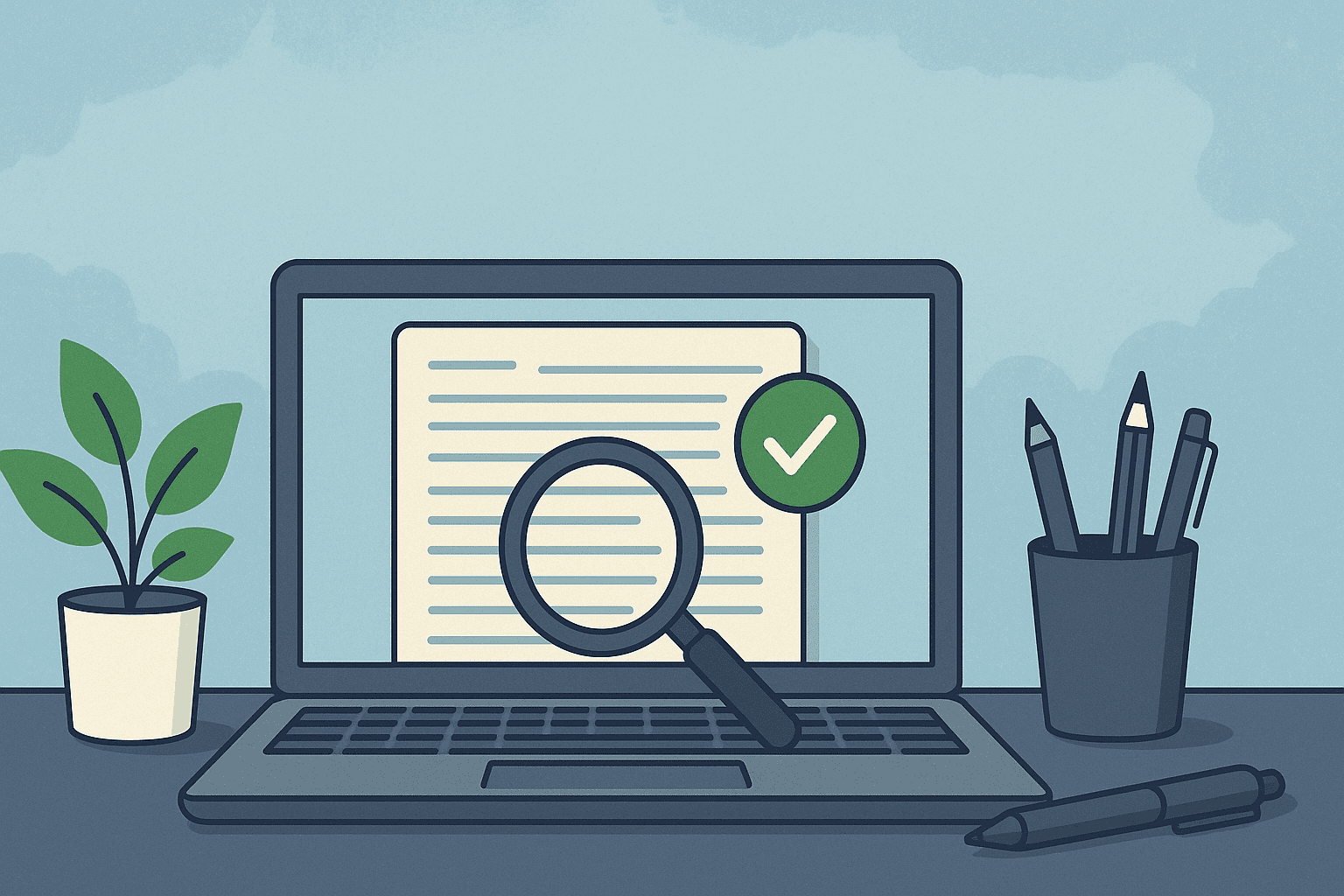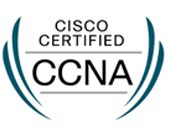The Evolution of Microsoft Exchange to Outlook Online
Ah, the good old days of the on-site email server (or servers) sitting proudly in the office corner – humming, blinking and occasionally overheating when someone dared to send a 20MB attachment. For years, Microsoft Exchange Server was the beating heart of school and business communication, powering everything from meeting invitations to those dreaded “Reply All” mishaps.
As an example, we remember when King Edward VII School in Melton Mowbray had 5 Exchange servers on site, plus their domain controllers, SQL, SharePoint, Class Server, ISA, SMS and web servers! Times have definitely changed.
Like every great piece of tech, Exchange didn’t stand still. Let’s take a quick look at how we went from on-premises hosted email to the cloud-powered M365 experience we all know today.
Exchange Server: The Original Office Hero
Back in the day, setting up Exchange was almost a rite of passage for IT teams. You needed hardware, licenses, backups, patches and a very large pot of coffee.
Exchange was powerful – it managed calendars, contacts, emails and shared rooms/equipment – but it also demanded constant care & attention. A single missed update could turn a normal Monday into a full-blown crisis.
Still, for many businesses, Exchange was a badge of honour. You weren’t truly “corporate” unless you had your own hosted email server running in a chilly server room somewhere.
If you were particularly blessed in the technical department, you’d even be able to access your emails OUTSIDE the workplace! Logging on to check your emails from home? Whatever next!?
Whilst this did require front-end, back-end, fiewall and web servers – it was possible.
Enter the Cloud: Goodbye Server Room, Hello Sanity
Then along came the cloud — that magical place where IT dreams come true (and where someone else worries about your uptime).
Microsoft’s move to Exchange Online was revolutionary. Suddenly, you could enjoy all the features of Exchange without managing the physical hardware or late-night patch installs. Your email became accessible from anywhere without the need for firewalls, connectors and front-end servers and your IT team could finally sleep again (once the migration from on-premises was complete!)
The evolution didn’t stop there. Exchange Online became part of M365, giving businesses an entire suite of productivity tools wrapped up in one subscription. Outlook Online, Teams, OneDrive and more all came together, turning the humble email system into a full-blown collaboration powerhouse.
Outlook Online: The Everyday Hero
Fast forward to today, and Outlook Online has taken centre stage. It’s sleek, fast, and works seamlessly across devices. Whether you’re sending a quick note from your phone or managing a project from your laptop, everything just syncs – beautifully.
No more VPNs, no more overloaded servers, no more panic when someone says, “the email’s down!”. The modern cloud experience has made communication smoother, smarter, and way less stressful.
The Future of Email is Hosted in the Cloud
We’ve come a long way from dusty server rooms and endless patch cycles. The move from Microsoft Exchange to M365 and the cloud isn’t just an upgrade – it’s a transformation in how we work, connect, and collaborate.
So, whether you’re an IT veteran who remembers Exchange 4.0 (like us) or a newcomer happily living in the world of hosted email, take a moment to appreciate how far we’ve come.
After all, if your email works flawlessly every day (without server reboots and Information Store restarts), that’s worth celebrating.
If you’re still looking to make the leap online – you know who to contact!









